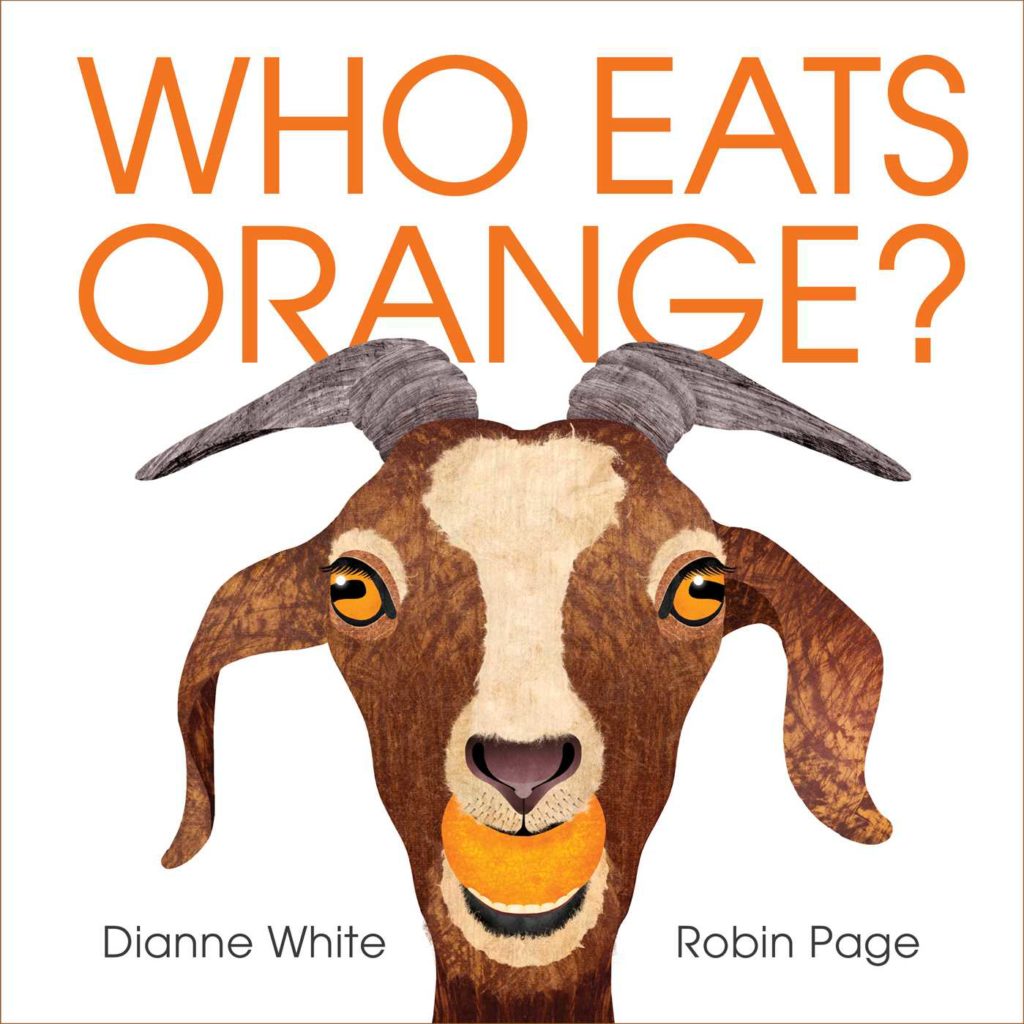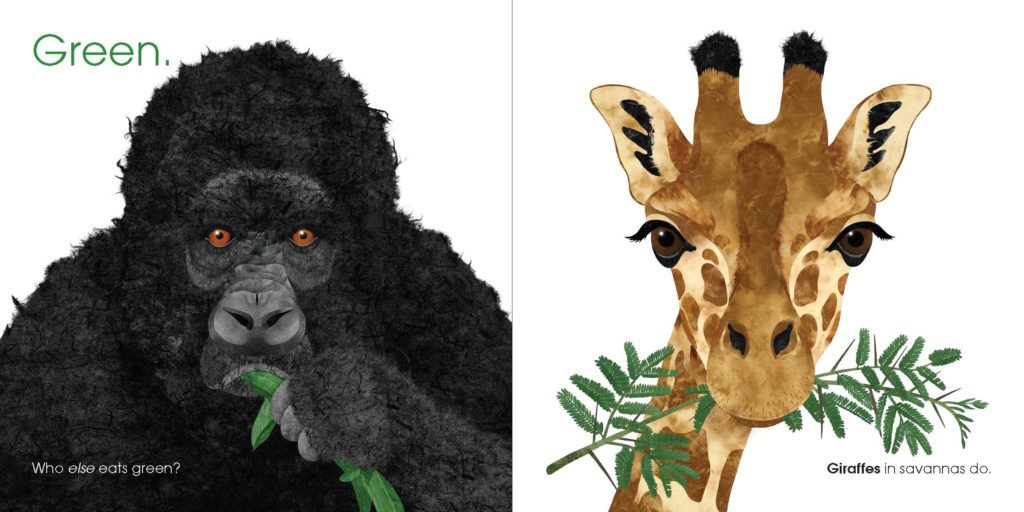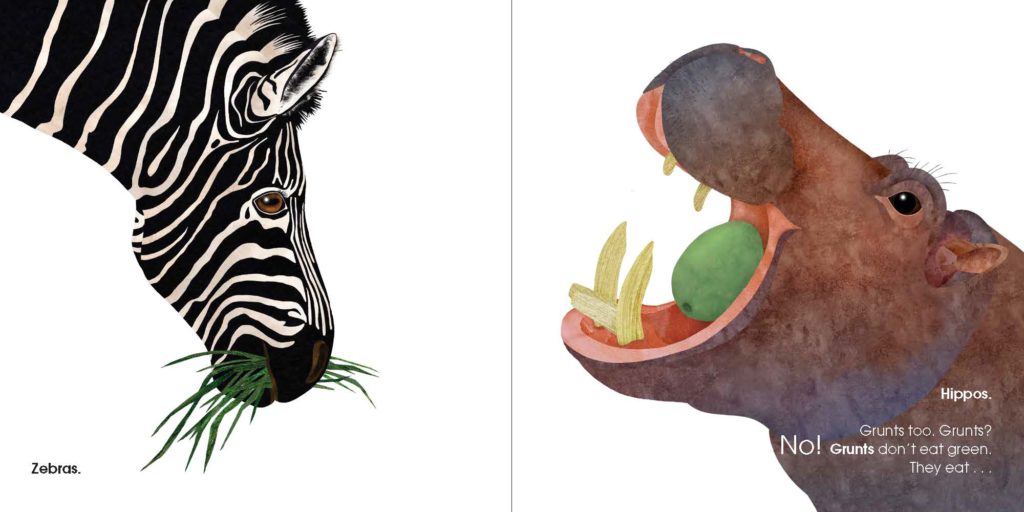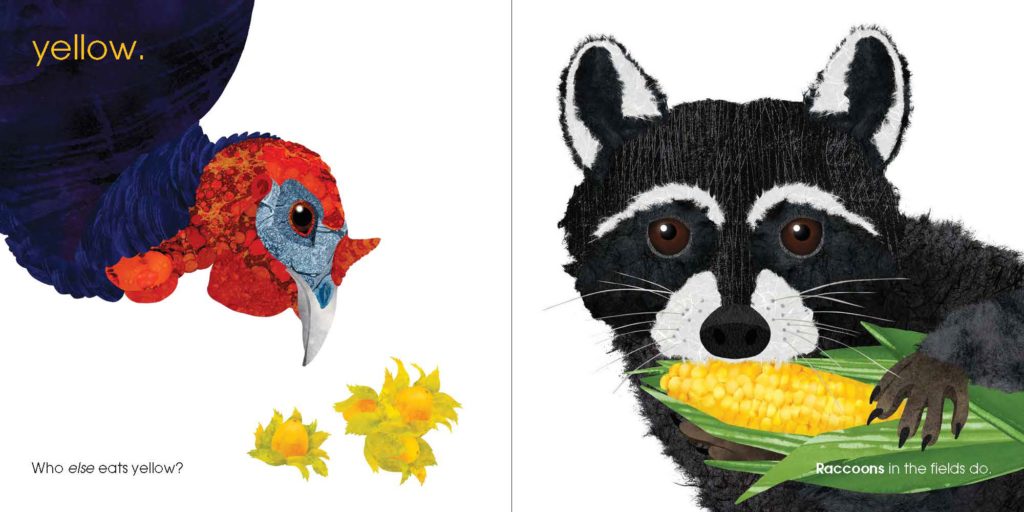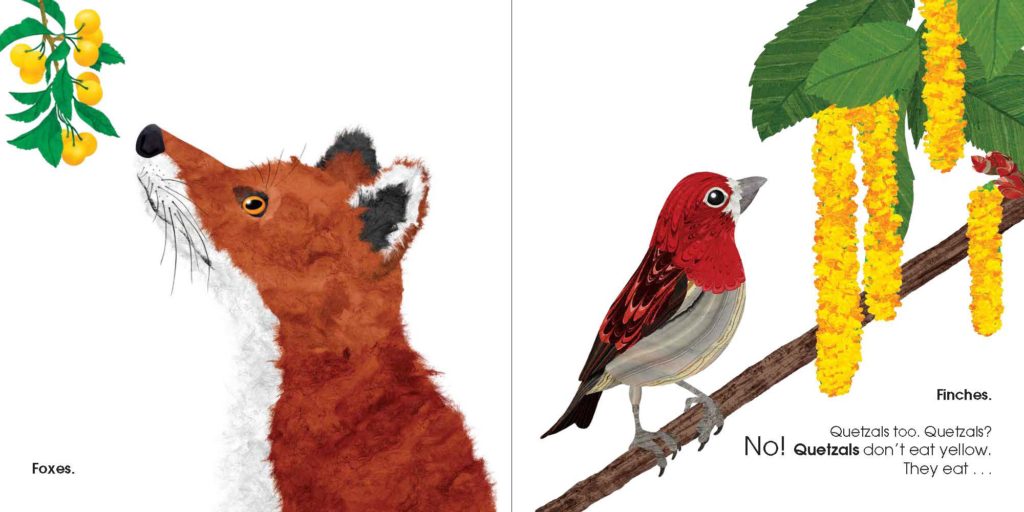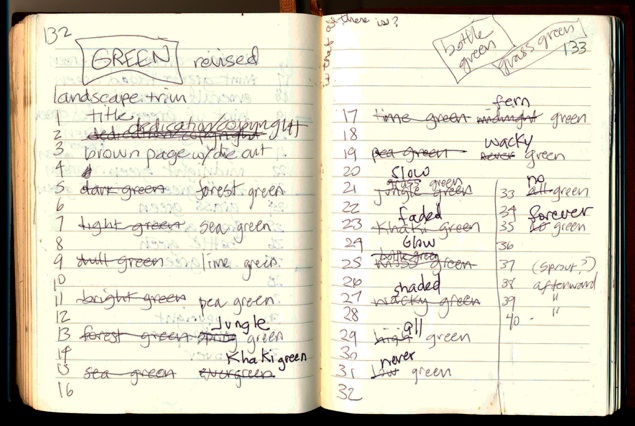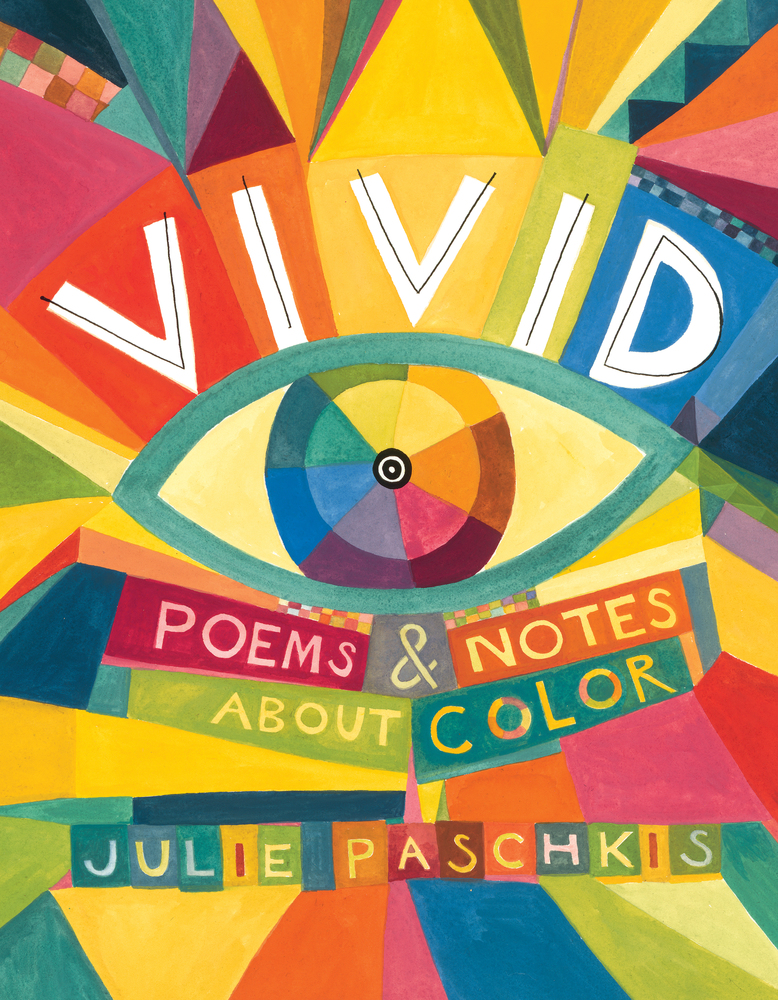 |
| Cover image of Vivid: Poems & Notes About Color by Julie Paschkis |
Vivid: Poems & Notes About Color
By Julie Paschkis
Henry Holt and Co.
2018
Ages 3-8
Conventional wisdom says that one shouldn't judge a book by its cover. In picture books, though, this aphorism is holds little value. When art and text are both essential to the reading experience, covers help establish the tone of the book and give a preview of what's inside. As soon as I saw the bright, colorful shapes and hand-lettered text on the cover of Vivid, I knew it was a book I wanted to explore.
Vivid: Poems and Notes About Color is a brief collection of fourteen poems with companion informational text. Each two-page spread contains a poem and facts about the subject of the poem. The poems vary in tone, from the lilting, humorous Greens ("Eat your greens! The hungry dragon says: 'Mmm-small and scaly. I'll gobble one daily!'")
 |
| Greens spread of Vivid: Poems & Notes About Color |
to the calm, languid Indigo ("Diving into Long Lake headfirst in I go plummeting through light blue deep down low into indigo.")
 |
| Indigo spread of Vivid: Poems & Notes About Color |
Text boxes present scientific, historical, artistic, and linguistic information in short asides that expand the reader's knowledge of color. Purple, for example, tells about the color's wavelength on the spectrum of visible light, the origin of purple pigment, and the reason why purple is synonymous with royalty.
 |
| Purple spread of Vivid: Poems & Notes About Color |
Playful gouache illustrations reflect the text and draw the reader's eye. Purple's elegant cat wearing a crown and robe represent both the poem's "Lilac Point Siamese" and the fact that "only kings and queens could afford to wear purple." Throughout Vivid, Paschkis skillfully weaves illustrations, poetry, and informational text into a cohesive whole that encourages discussion and exploration.
Source: Library Copy
Further Reading:
Further Listening:
Readalikes:
Curriculum Connections:
In the author's note to Vivid, Paschkis writes that she hopes the book will "inspire [readers] to explore the art and science of color: to write, read, and draw a blue streak!" Educators can meet this aim by creating an interdisciplinary unit around the book. The following are examples of ways teachers could use Vivid when teaching various subjects:
- Science
- Learn about light waves
- Explore perception of color by different species
- Language Arts
- Study poems from Vivid and other color-themed poetry collections
- Write a poem about a color
- Art
- Learn how paint pigments were originally made (cross over with science and history)
- Define terms hue, tint, and shade and create colors
- Create color art to complement color poem (cross over with language arts)
- Social Studies
- Discuss the importance of color in history (e.g. purple for royalty)
- Music
- Draw or paint while listening to music (cross over with art)
- Compare colors used in drawings in small groups and discuss similarities and differences in colors chosen for a piece of music (cross over with language arts)
